Music in Bali is extremely complex in nature, and there is no doubt that it is vital in Balinese culture. In addition to serving the art and culture, traditional instruments are used for religious activities. Some performances depend on these musical tools to create the magical effect of Balinese music. Balinese culture has a significant contribution from music and that would not be possible without these musical instruments below.
Ceng Ceng
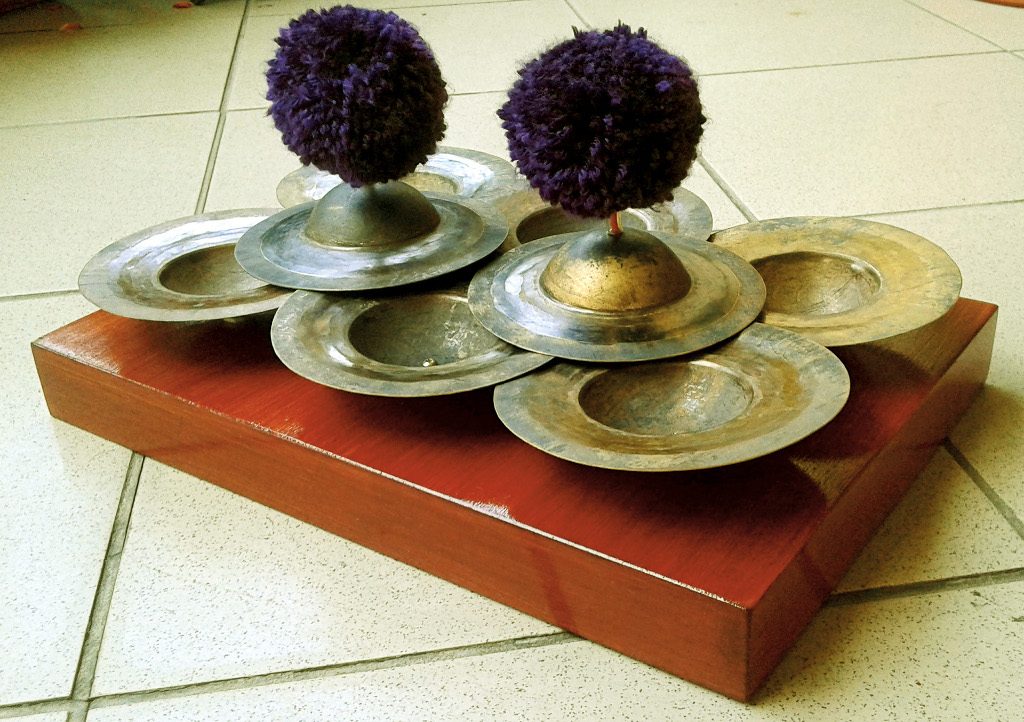
Available in a variety of sizes, this type of Instrument is made from either iron or bronze. Also known as Cymbals, Ceng Ceng produces a high-pitched sound with a jingly overtone whereas the larger ones produce a low classy sound suited for the orchestra. This Instrument has six small bronze cymbals mounted in an upside-down manner, and can be played by holding two at a time in the hand. Ceng ceng being a common percussion instrument finds usage in an orchestra, jazz bands, and percussion ensembles. It is usually used to accompany Gamelan and Rindik.
Gamelan
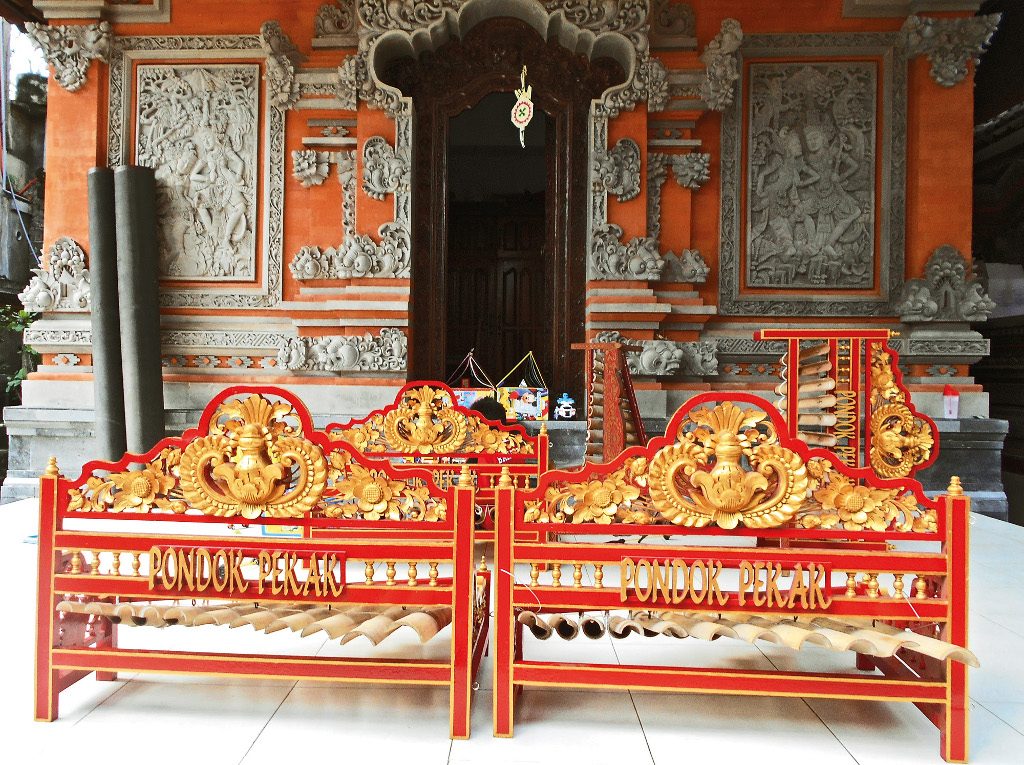
Producing a loud voice and a great echo, Gamelan is not just a single instrument but an ensemble of some instruments together. This ensemble is composed of gongs, gong-chimes, cymbals, drums, bamboo flutes, plucked strings, and xylophones. Each instrument in Balinese Gamelan is paired, and the pairs are slightly detuned, resulting a natural beating between the instruments. As an indigenous art form of Bali, Gamelan predates the Hindu-Buddhist culture of the Island. However, unlike in Java, Balinese Gamelan is experiencing interaction with additional instruments to make it sound richer with the combination of rhythm, melody and timbre. On this island, Gamelan is normally used in religious ceremonies or accompanying dance.
Genggong
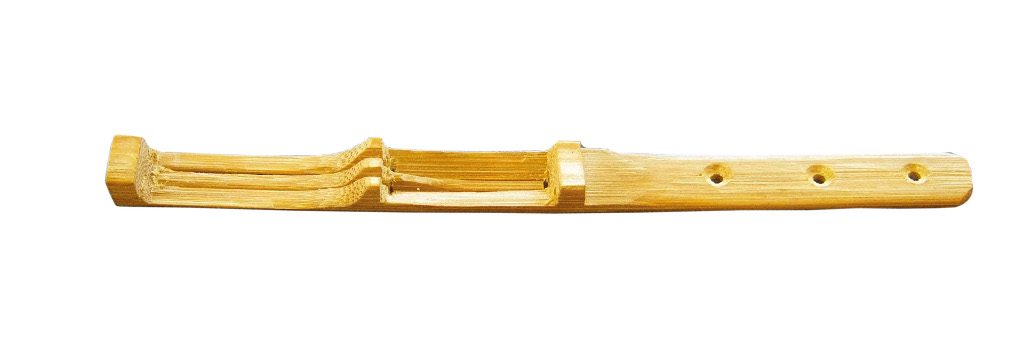
Sounding like frogs, this unique musical instrument is basically a bamboo jaw harp. Usage of this instrument is in pairs with larger or smaller versions and a corresponding lower or higher pitch. Music is produced by playing the instruments in rhythmic patterns. To play this instrument, one must hold either a piece of palm or banana leaf beside their mouth to act as a resonator, then either the right or left hand vertically holds the handle to pull the string until it is vibrating. This is not an instrument that needs to be blown. If you need to go to the higher or lower tone, one would use their oral cavity. This instrument is purely for one’s personal satisfaction, and has never been used for religious ceremony.
Gong
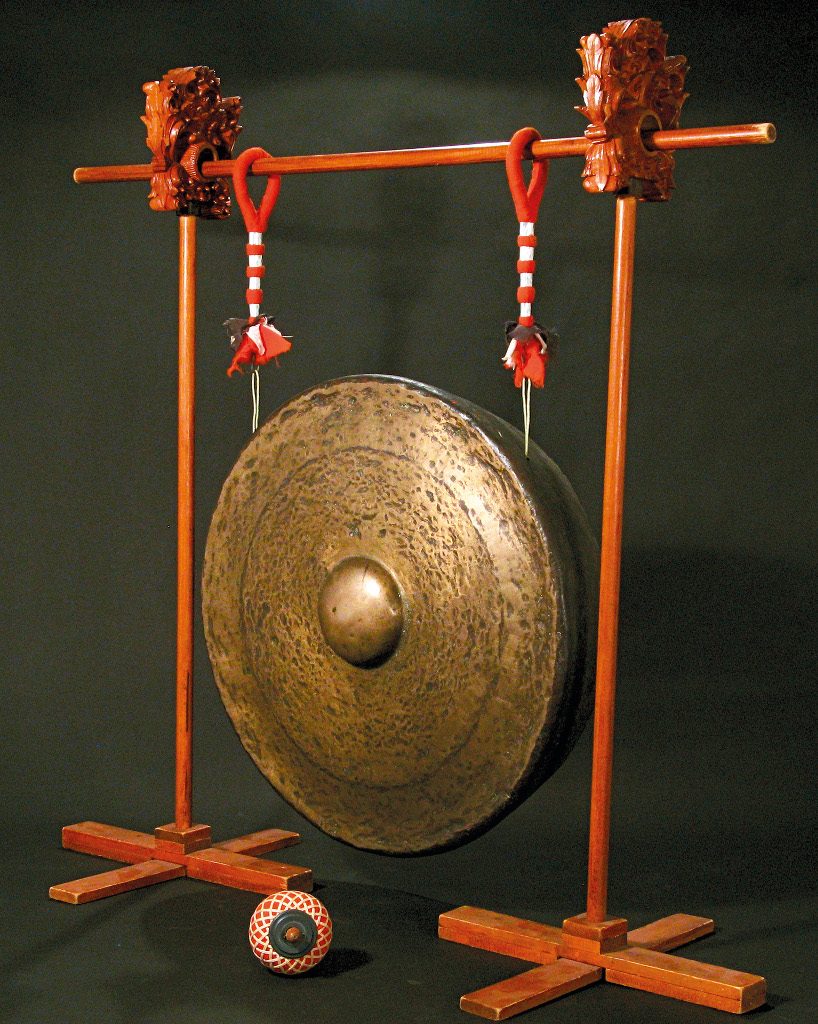
This instrument has been in use on the island for quite a long period with a historical relevance dating back to the thirteenth and fourteenth centuries. Depictions of gongs in the temples of Majapahit Hindu Empire show their historical relevance in Balinese music. This circular metal plate is useful to produce sounds of definite pitch. This percussion instrument can also produce sound of indefinite pitch as well offering a certain amount of variety in terms of sound effects. Balinese music has an extensive use of gongs, particularly during an orchestra. This musical instrument basically vibrates at the centre, and is a bit different to the bells in this kind of behaviour. With either shallow or deep rims, or sometimes knobbed in the centre, the gongs produce quality music as necessary for the orchestra.
Pereret

Originated from the western part of the island, Jembrana, this traditional musical instrument is usually made of wood and in the shape of a trumpet. The purpose of its creation was to generate enchanting music by blowing into the instrument. When the Pereret is blown, the sound that originates is melodious and enthralling. This instrument symbolises love and compassion, and is mainly associated with the cultural tradition of Sewo Gati. Usually, this instrument is played in a high tree so that the chanting melody can be heard by the right person. Some even believe that Pereret is a very powerful tool used to put a spell on a girl to be crazily in love with a man. As creepy as it sounds, this instrument does exist. There is a superstitious belief that a ritual or offerings must be made in order to get the expected result.
Rindik
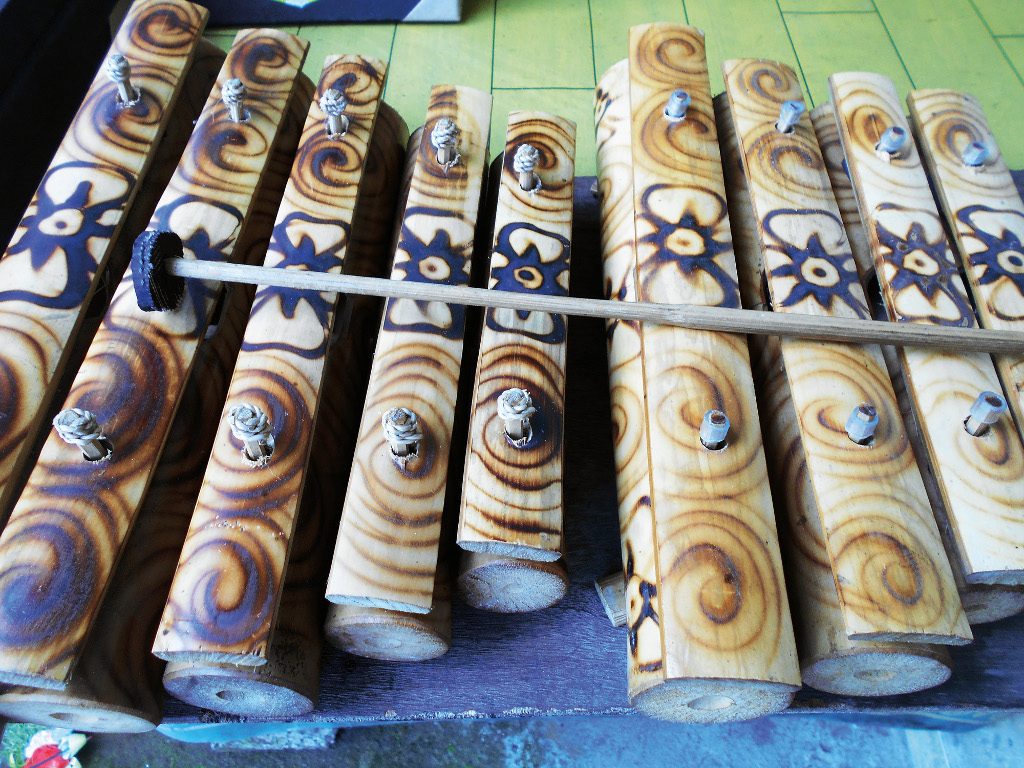
Made from bamboo, this easy-to-play traditional instrument was originally made to entertain farmers at the fields. They played it to keep their rice fields from the birds. As creativity developed in the Hindu communities in Bali, Rindik became an instrument to accompany Balinese dance. With the passage of time and the development of technology, however, the use of Rindik has been made flexible in the Balinese orchestra. These days, Rindik can be used collaboratively with modern instruments, resulting in numerous musical compositions. Even sometimes it is used as welcome music for guests or audiences for formal occasions. To play Rindik, it must be held with two hands, the one hand is used to generate melodious sounds whereas the other hand is used to enter the patterns, creating the necessary interlocking configurations as necessary to generate the pleasant sounds.
Suling

Suling, or internationally known as the flute, comes in a variety of sizes, from very small to very large. Generally, the shorter (smaller) the Suling, the higher the pitch. A normal Balinese Suling is made from bamboo with six holes to allow the player playing the instrument to do a cyclic breathing patterns to generate a sustained, constant tone without interruption. This can be achieved by breathing in through the nose while at the same time simultaneously pushing out the air through the mouth using air stored in the cheeks. Fail to do this proper breathing technique will result in a broken melody. The holes on this Instrument are evenly spaced. By covering different holes, a player can produce a multitude of notes.







